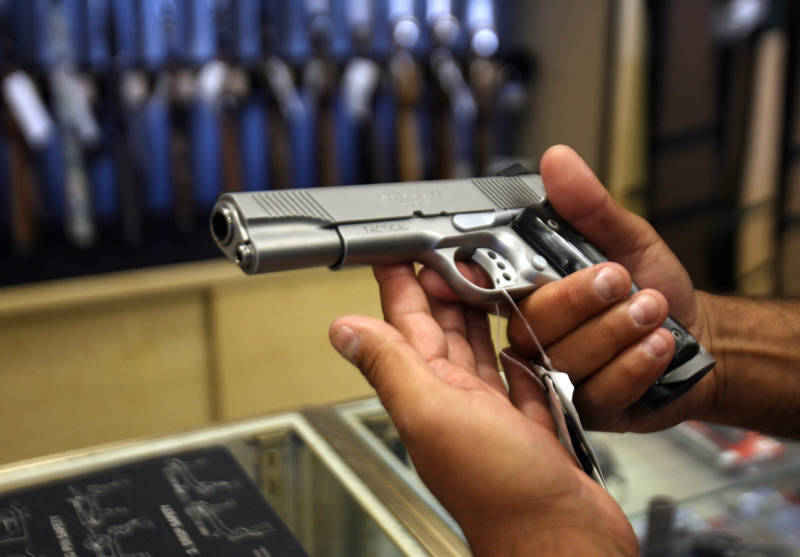“In the first three years, 2016, 2017 and 2018, we found that there were a total of just over 400 individual respondents to GVROs,” Pear said. “In comparison, some other states, like Florida and Maryland, have had that many in the first few months of implementation.”
One possible reason so few gun-related restraining orders have been requested is a lack of education. Many in the law enforcement arena simply don’t know how to use them. San Diego City Attorney Mara Elliott recalls the first time her office requested one.
“The first time we ever filed one we actually had to send one of our attorneys down to the business office at the courthouse to help the business staff process our request for a gun violence restraining order,” she said. “That’s how new it was.”
Elliott has since made a concerted effort to use California’s red flag law more in San Diego. The city accounts for a large portion of the orders issued in the state. And in the last year, Elliott has launched a training effort for law enforcement agencies that started in San Diego and is now expanding to other parts of California.
Elliott is seen as a champion of the law. She said while there are other measures that law enforcement can use to confiscate guns, gun violence restraining orders offer something unique.
“It is a tool we can use before something horrible happens. And with the others we have to wait for some triggering incident,” Elliott said.
A bill currently in the state Senate, AB 61, would expand who can use the red flag law, but most requests are currently made through police.

